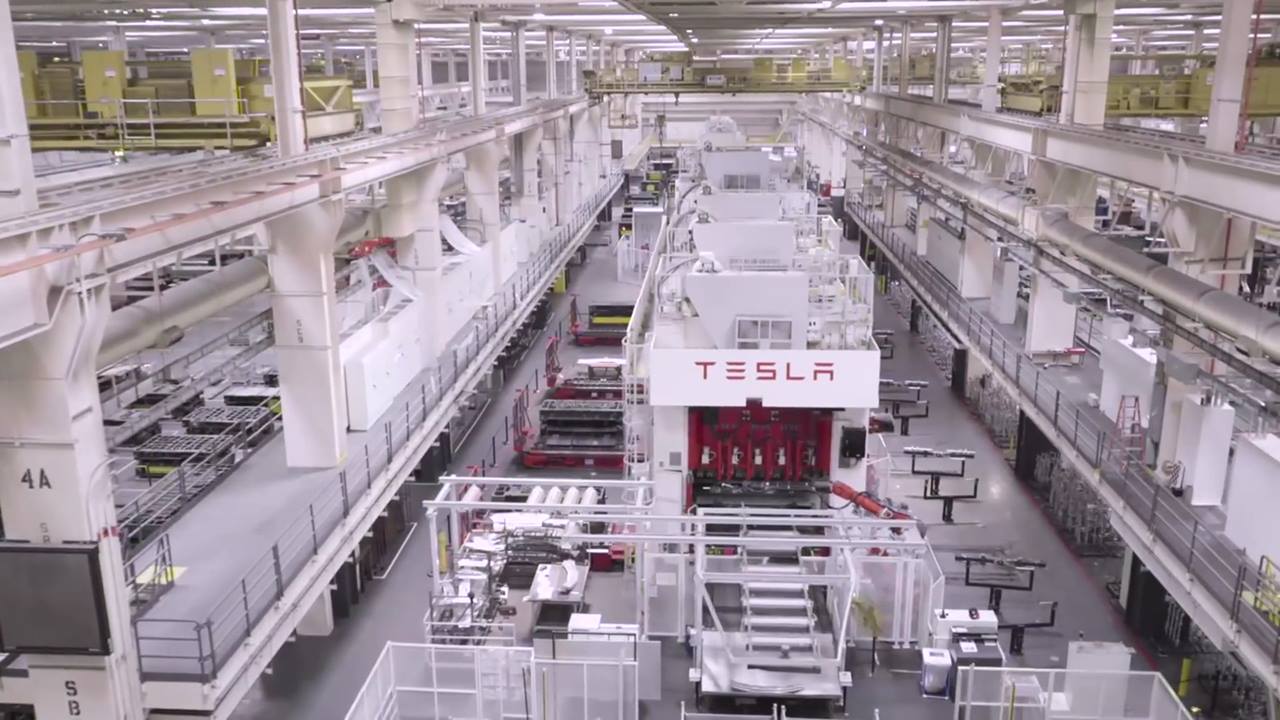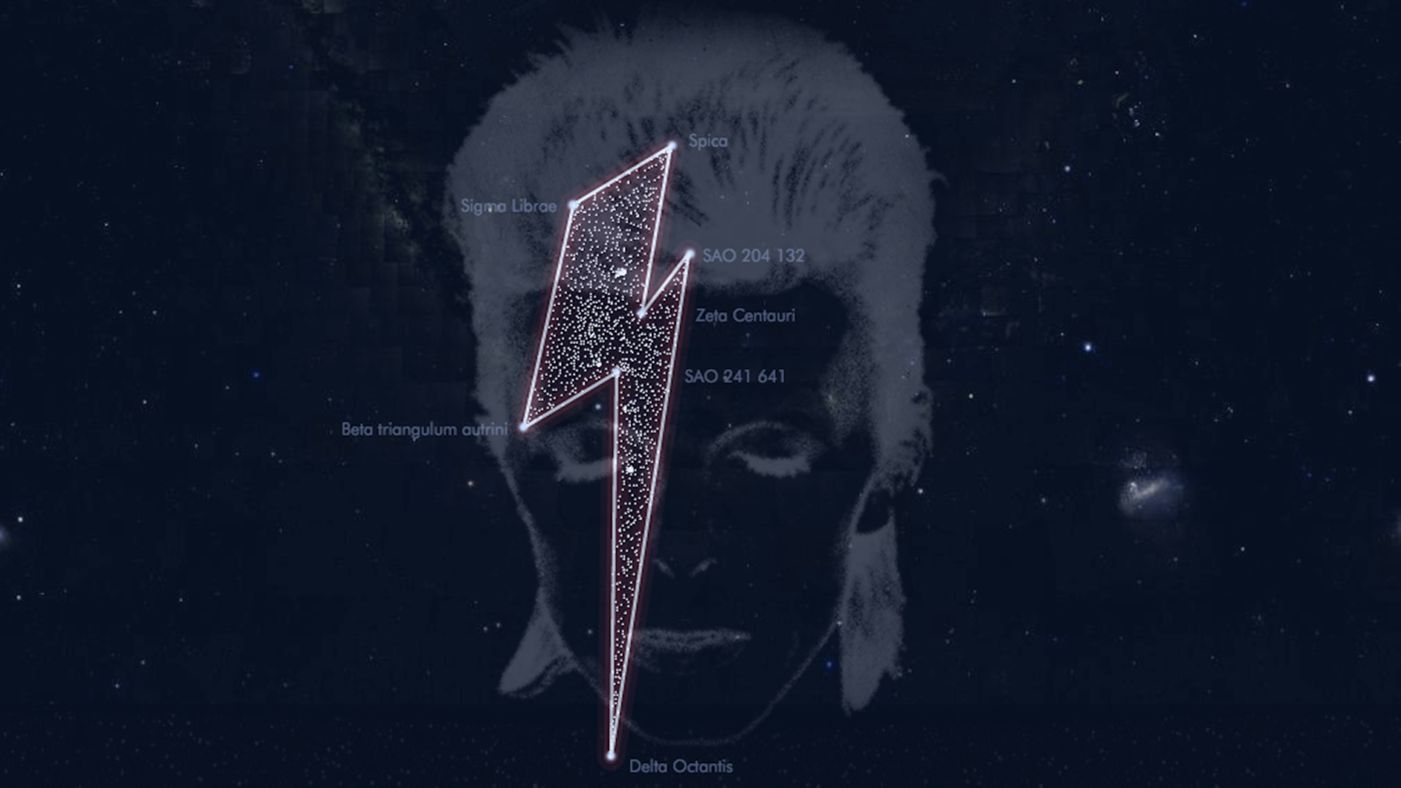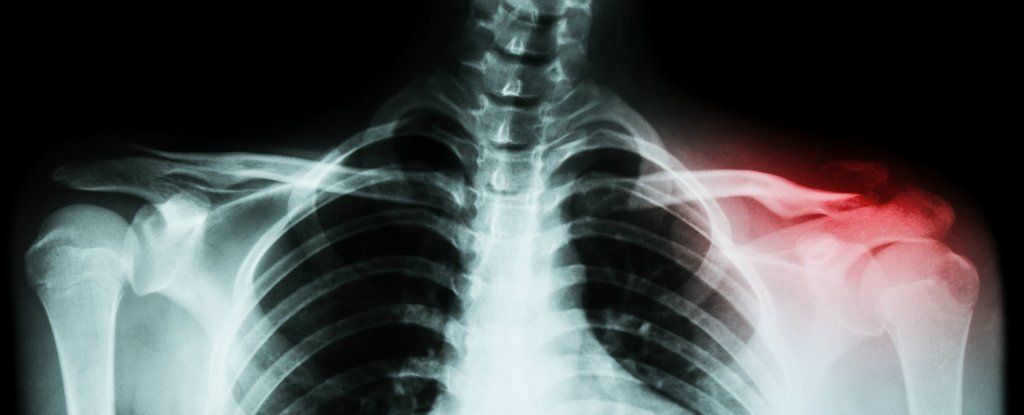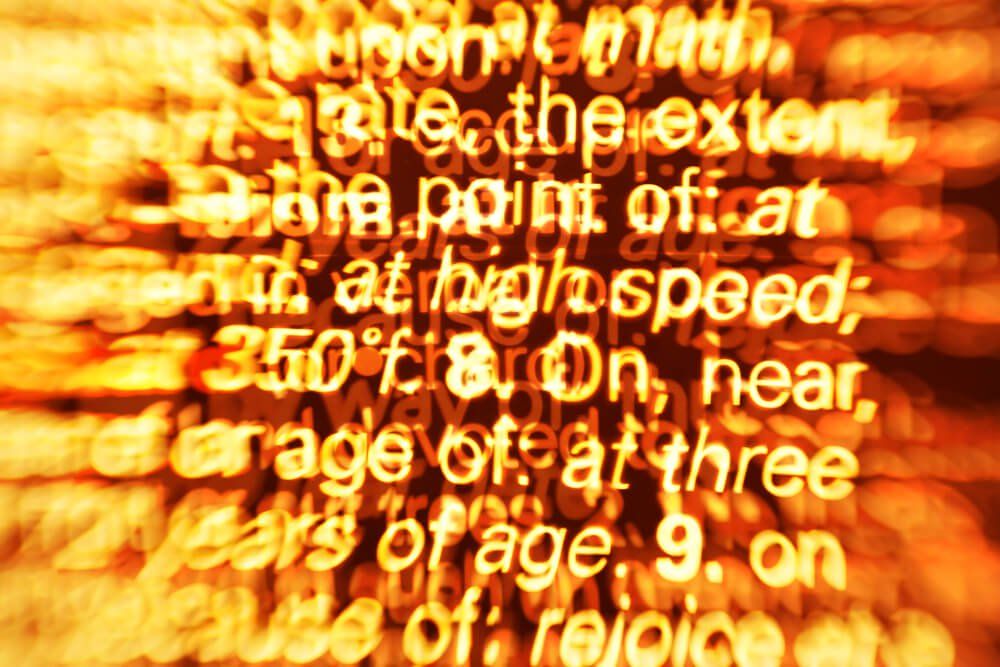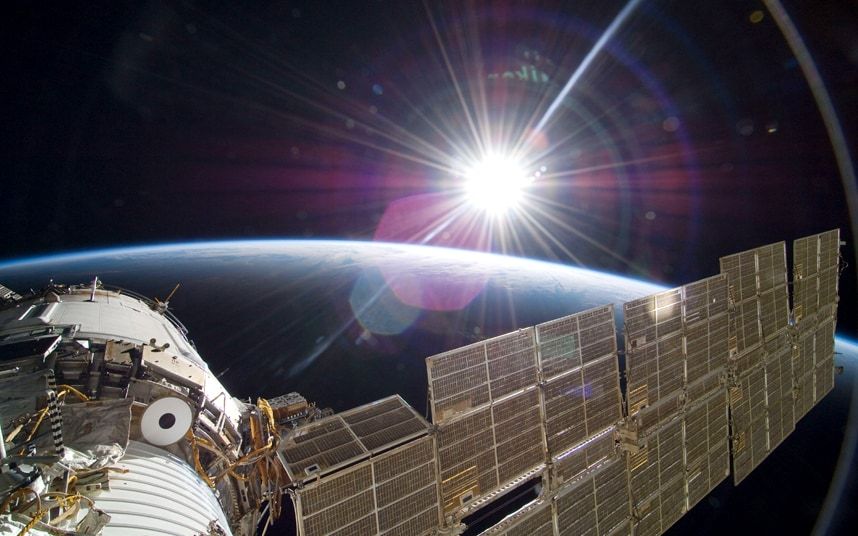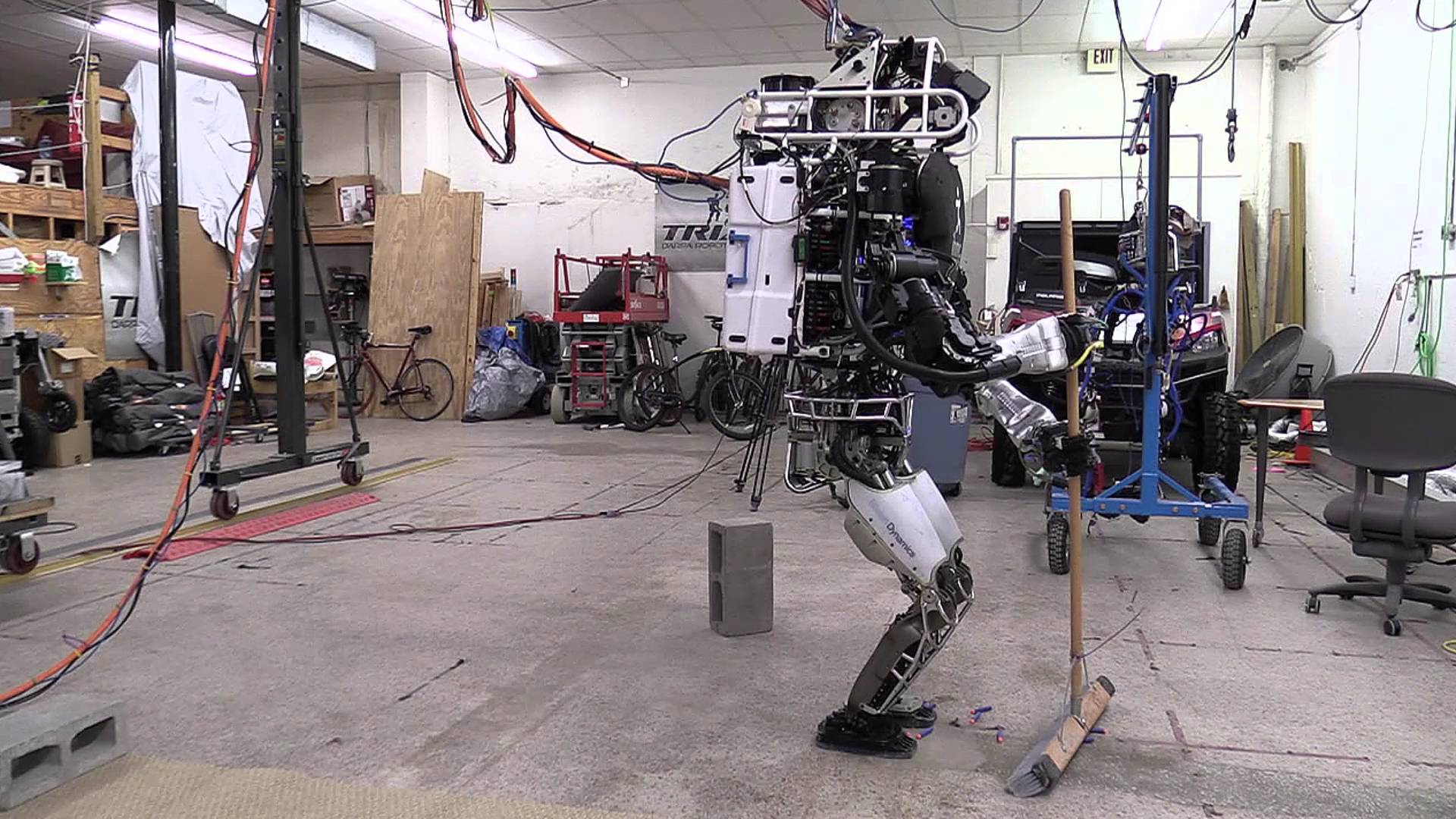Page 11453
Jan 16, 2016
Belgian Astronomers Pay Tribute to David Bowie With New Constellation
Posted by Shailesh Prasad in category: space
Belgian astronomers have paid tribute to David Bowie with a constellation of seven stars that form the ‘Aladdin Sane’ lightning bolt.
Jan 16, 2016
Your bones could soon heal a whole lot better thanks to polymer nanoshells
Posted by Shailesh Prasad in categories: biotech/medical, cyborgs, transhumanism
Might we one day have bionic body parts able to ward off disease and injury and even heal themselves? Today it’s still the stuff of sci-fi movies, but there are regular breakthroughs in the field of medical science that suggest that such a future might one day be possible – one example is a new nanoshell treatment from a team working at the University of Michigan in the US and reported in Gizmag.
Instead of using foreign cells or molecules to patch up and regrow damaged bone tissue, the new technique uses polymer nanoshells – microscopic capsules inside the body – to deliver microRNA molecules right to the site of an injury. Once the shells begin to break down, the microRNA molecules are released and instruct the surrounding cells to ‘switch on’ their natural bone-building and healing mechanisms. It’s a bit like a site manager arriving on the scene of a broken-down development and telling his construction workers to get busy with the rebuilding process.
There are a couple of key advantages to this new technique. One, the shell is designed to degrade slowly, leading to a gradual release of the microRNA molecules and thus ongoing restorative treatment that can last for a month or more. Second, the process uses the body’s own cells rather than introducing foreign healing agents – an approach that can sometimes cause cell rejection or even tumours associated with the injury.
Jan 16, 2016
Why Digital Overload Is Now Central to the Human Condition
Posted by Karen Hurst in categories: biotech/medical, computing, mobile phones, nanotechnology, neuroscience, robotics/AI, singularity
Imagine: What happens when you’re in 2027 on the job competing with other AI; and there is so much information exposed to you that you’re unable to scan & capture all of it onto your various devices and personal robot. And, the non-intrusive nanobot for brain enhancement is still years away. Do you finally take a few hundred dollars & get the latest chip implant requiring a tricky surgery for your brain or wait for the nanobot? These are questions that folks will have to assess for themselves; and this could actually streamline/ condition society into a singularity culture. https://lnkd.in/bTVAjhb
A mom pushes a stroller down the sidewalk while Skyping. A family of four sits at the dinner table plugged into their cell phones with the TV blaring in the background. You get through two pages in a book before picking up your laptop and scrolling through a bottomless stream of new content.
Information technology has created a hyper-connected, over-stimulated, distracted and alienated world. We’ve been living long enough with internet-connected computers and other mobile devices to have begun to take it for granted.
Continue reading “Why Digital Overload Is Now Central to the Human Condition” »
Jan 16, 2016
European Space Agency unveils ‘lunar village’ plans as stepping stone to Mars
Posted by Aleksandar Vukovic in categories: 3D printing, materials, robotics/AI, space travel
Moon “village”, a successor to International Space Station, would be series of structures made by robots and 3D printers that use moon dust as building material.
Jan 16, 2016
‘Bubble pen’ can precisely write patterns with nanoparticles as small as 1 nanometer
Posted by Sean Brazell in categories: biotech/medical, computing, electronics, solar power, sustainability

Allows for more easily building tiny machines, biomedical sensors, optical computers, solar panels, and other devices — no complex clean room required; portable version planned.
Illustration of the bubble-pen pattern-writing process using an optically controlled microbubble on a plasmonic substrate. The small blue spheres are colloidal nanoparticles. (credit: Linhan Lin et al./Nano Letters)
Jan 16, 2016
IHMC’s ATLAS Robot Learning to Do Some Chores
Posted by Shailesh Prasad in category: robotics/AI
Jan 16, 2016
Major Mouse Testing Project | Longevity unleashed
Posted by Steve Hill in categories: health, life extension
Modest progress at the WHO international consultation on aging.
Our parent organization the ILA has been busy and here is an article about the latest news from the World Health Organization meeting in Geneva to discuss aging research. There are some positive changes being made and well done to everyone who helped out on this project.
Jan 16, 2016
Beyond Money: A Future of Passion & Progress
Posted by Shailesh Prasad in category: economics
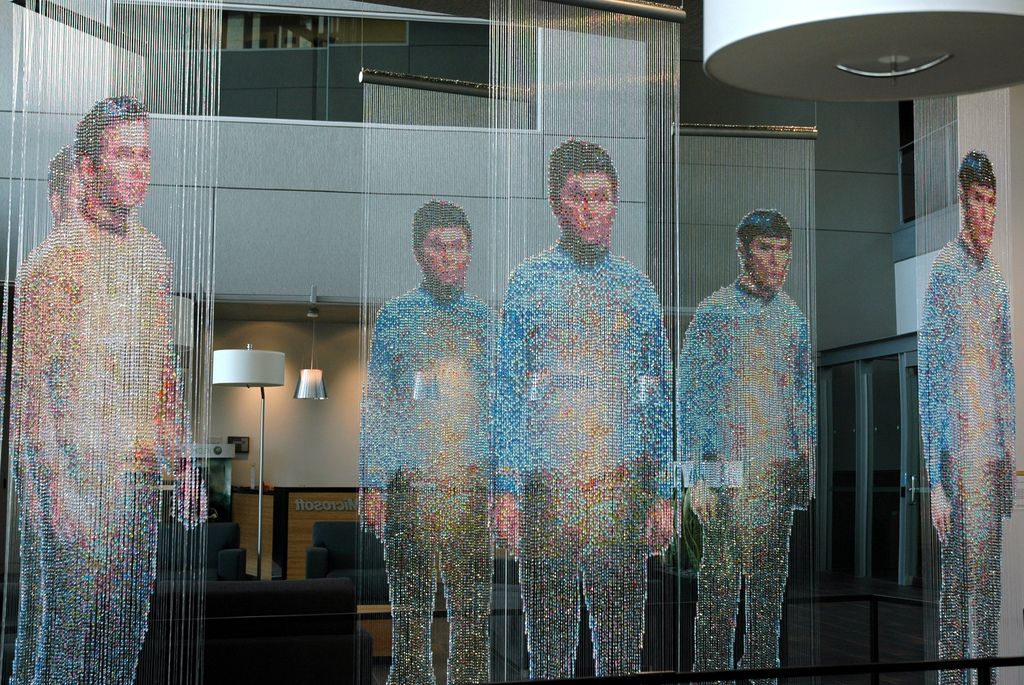
As we continue growing as a technological society at an exponential rate, what will the fate of money be as a result? — Francesco Amati for Serious Wonder.
